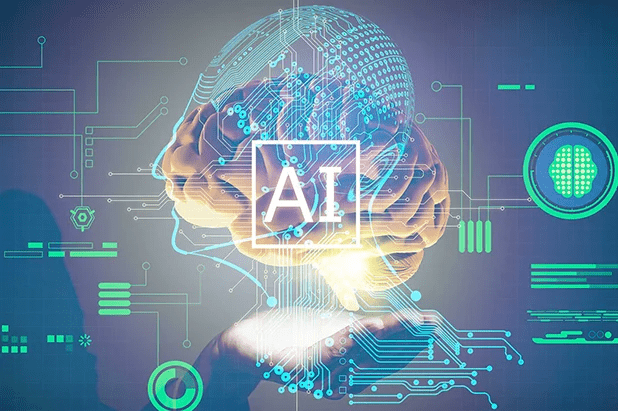AI is already very much interwoven with our personal lives. Everyone loves the way Amazon provides us with recommendations. Real-time google map updates prove to be extremely handy while traversing through busy city roads during rush hours. AI is slated to play a crucial role for autonomous cars and also in the healthcare industry. Very soon, Siri or Cortana will order food for us while we leave the office for home. In spite of its many advantages, its adoption by enterprises has been low and slow. According to PWC, by 2030 AI will add $15 trillion to the global GDP, but Deloitte Cognitive survey states that only 6% of the organisations have adopted AI for enterprise-level activity. Only 24% say that they are interested in and will have it in their roadmap in the near future.
With this blog, we will try and deep dive into the probable causes which are acting as impediments for AI adoption. Even though everyone is on the same page that this technology can change the way enterprises function, but the path is mired with hurdles.
- Identification of the right use case: Simon Sinek, a well-known speaker, always stresses the fact that we should always start with why as that sets the tone and spirit of any endeavour. On similar lines, it is extremely important to identify the right use case for AI, as that is the way for AI incorporation. According to McKinsey, there is no portion of the value chain wherein AI will not be found useful. But AI as a piece of technology is still new for many and it is still being explored. In such a scenario, it is important for an organisation to start small by identifying one or a few business processes or lines of business, where AI can have a considerable impact and then expand to other areas. The most common use case is a chatbot or a virtual assistant making the consumer awareness about the upcoming offers or similar products on an eCommerce site.
- Lack of people power: This is another hindrance which is stopping the organisations from realising the full potential of AI. Up until recently, AI was the stuff sci-fi movies and books were made of. It is just for the past couple of years it has become a buzzword in the corporate world. Because of this, human resources that have the technical know-how and the acumen to understand the business implications are scarce as companies have not spent effort in developing talent for this tech. But, very quickly things are changing and creating a resource pool for this has become the number one priority for many organisations. While this talent is still expensive and hard to find because the supply is less compared to demand, but as the industry matures, we will see this aspect being take care of.
- The requirement of heavy investments also deters many enterprises from taking the AI route. High human resource cost is just one aspect of it. The technology ecosystem, as well as the effort that needs to be put into developing AI, is expensive. Companies like Google, Apple, Amazon have deep pockets and can afford the involved investments. For others, it is best to make or buy analysis and outsource it to the IT service providers to implement AI. The silver lining to this cost cloud is that 64% of the IT services managers feel that within two years, organisations will start seeing the return on their AI investments.
- For implementing AI, the ecosystem needs to be ready. AI is all being built on data, which for most organisations is majorly unstructured and coming in from disparate sources. One has to fulfil the pre-requisite of collating, cleansing, profiling and de-duplicating the data to make some sense of it and analyse it further. Post that, we will need tools and technologies along with data scientists to come up with solutions to find order in chaos. All of which are expensive resources to put together. But going ahead we believe all these costs will become more affordable as and when technology progresses.
- Ethical challenges are more of a philosophical question which makes the organisations think twice about AI enablement. We are all aware of the world-famous debate which happened between Musk and Zuckerberg. How much power or access to data should AI be given? Should they be trained in a controlled environment or get a free run for the best results?
- Last but not least it’s the leadership involvement. Nothing gets done in a corporation unless and until the leadership throws its full weight behind it. Due to the top-down culture which still persists in most of the organisations, the tone for implementation has to be set by the leadership. It is up to them to show direction, allocate the budget, identify areas of implementation and make it a part of the company agenda.
One can see that in the next few years, AI will become widespread and the race will change from who can adapt it to who can innovate and improvise faster. There are, of course, hurdles to be crossed and they are certainly not insurmountable. With the betterment of hardware, advances in software, bigger resource pool AI will become a norm rather than the exception in the near future.



